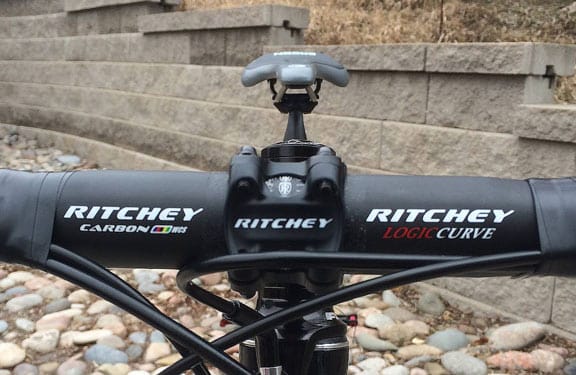
Long Term Review: Ritchey Handlebars and Stems
There is absolutely nothing more frightening than breaking a handlebar or stem while riding a bicycle. In the 40 years I’ve been riding, some of the worst non-collision crashes I’ve ever seen (meaning not getting hit by a car or colliding into a mailbox) have resulted from breakage or slippage of a cockpit component. So, while handlebars and stems are sometimes seen as mundane parts of a bike, I take them very seriously. Two years ago the CTS Coaches and I started riding aluminum WCS C260 stems and a variety of WCS carbon handlebars from Ritchey, and here’s what we’ve experienced.
[blog_promo promo_categories=”coaching” ids=”” /]Safety and Confidence
It is very difficult to prevent a crash when something goes catastrophically wrong with your handlebar or stem while you’re moving. Either the weight of your upper body (which is now not supported the way it was a second ago) is going to throw you off the bike, or you’ll lose steering control of the front wheel. Other times it is a crash that leads to damage or slippage, which in turn costs valuable time to adjust or can knock you out of an event altogether.
Problems with breakage and slippage are a significant risk with carbon bars, stems, and steerer tubes. Carbon is great material, but it does not react well to being crimped or crushed. When you overtighten stem bolts you damage your handlebars or steerer tube, or damage the stem itself if it’s carbon, too. On the other hand, when you’re too cautious and undertighten the bolts, your bars or stem can slip under load.
It is crucial to use to torque wrench when working with carbon parts, especially when you travel with bikes as much as CTS Coaches do. Instead of “set-it-and-forget-it” like cyclists who never take their bikes apart and pack them, I travel about 200 days a year and most trips require packing and unpacking a bike. My coaches travel less, but many pack and unpack their bikes at least once a month. In two years, with 45 coaches riding and traveling with carbon Ritchey handlebars, we had only one instance where a coach damaged a handlebar from installation.
Thus far, 45 CTS Coaches have ridden an average of 12 hours a week for 93 weeks (January 2015 to mid-October 2016), which comes out to 50,220 hours on Ritchey carbon handlebars paired with C260 stems attached to carbon steerers. When tightened to the recommended torques this combination made for a solid and confidence-inspiring setup.
[blog_promo promo_categories=”camp” ids=”” /]Handlebars
CTS Coaches come in all shapes and sizes, so they individually chose the width, reach, and drop that fit them best. The two most popular Ritchey models were the WCS Carbon Evocurve and the WCS Carbon Curve. The Evocurve features a 4-degree sweep and ovalized tops, and both models are short reach, short drop bars. Keep in mind, the coaches spend a lot of time riding, but mostly for training and working at camps. The shorter reach and drop bars often result in a less aggressive position, which is good for long days at camps even if a deeper drop or longer reach might be more aerodynamic.
One thing several coaches noticed was the distinct improvement in comfort between their previous aluminum bars and the carbon bars. While very stiff for climbing out of the saddle, the carbon still had more damping on rough roads. Of course, the thick tape from Zevlin might have played a role there, too.
Stems
The WCS C260 stem from Ritchey has a few unique features. First, it has three bolts fastening it to the steerer tube, and the cutout in the steerer tube clamp is curved. This is meant to spread the pressure from clamping to protect the steerer tube. Since the stems were great at resisting twisting – even under impact – and we damaged no steerer tubes, it would seem the clamp did its job well.
► Free Cycling Training Assessment Quiz
Take our free 2-minute quiz to discover how effective your training is and get recommendations for how you can improve.
The other end of the stem worked great, but was a bit inconvenient. The name C260 comes from the fact the stem wraps 260 degrees around the handlebar before clamping to the faceplate. In contrast, most stems wrap nearly 180 degrees around the bar and the faceplate is similar. I get the logic (no pun intended) behind the 260-degree clamp – it distributes the clamping stress more evenly throughout the stem, screws, and faceplate – but there’s one serious drawback. If you want to swap stems at any point, you will have to unwrap your handlebars and feed the bar through the clamp until you reach a portion of the bar that is narrow enough to fit through the front opening. For most people this won’t be a big problem, since you probably know what stem or handlebar you want to use and will only set it up once. But if you tinker with your bike and swap out components, just be aware of the 260-degree wrap.
The other thing to be aware of regarding the C260 stem is the fact it uses T20 Torx bolts, four on the faceplate and three on the steerer clamp. Most modern multitools come with a T25 Torx wrench because that’s what disc brake components use. Some might come with a T30. Very few come with a T20. Fortunately, Ritchey has an awesome and lightweight multitool that does have a T20! Of course, since you’re clamping to a carbon bar and/or steerer, you should really use a torque wrench.
Bonus: Seatposts
This is a long-term cockpit review, but I’d be remiss if I didn’t mention Ritchey WCS Carbon Link Flexlogic and WCS Carbon 1-Bolt seatposts. They performed flawlessly, with no slippage in the frame despite a carbon-carbon interface. Most coaches used the Link Flexlogic, which has independent bolts to clamp each saddle rail. The benefit of that system is that it is very secure, and also very versatile. By just swapping out the clamp assembly you can use MonoLink saddles or regular railed saddles on the same post. Another really nice feature of all Ritchey seatposts is that they have height markings on the back. Again, because CTS Coaches travel so much, these markings make it easier to get the bike back together quickly without resorting to the old hack of wrapping electrical tape around your seatpost to mark the correct insertion.
Summary
Let’s be honest. People don’t typically spend a lot of time deliberating about what stem or seatpost to get, and are only slightly more picky when it comes to handlebars. As long as the dimensions are right for their bike fit, they’ll take it. I encourage you to put more thought into these crucial yet often overlooked components. Tom Ritchey does everything for a reason, and a damned good reason at that. The result is componentry you can trust your life with, which is essentially what you’re doing when you trust your handlebars and stem to steer you in the right direction. I trust Ritchey, and after 50,000 hours with their hands on Ritchey bars, so do my coaches.
Have a Great Weekend,
Chris Carmichael
CEO/Head Coach of CTS
► FREE Mini-Course: Learn How to Maximize Your Limited Training Time
Learn step-by-step how to overcome limited training time and get faster. Walk away with a personalized plan to increase your performance.

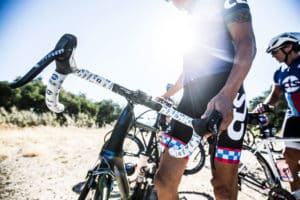
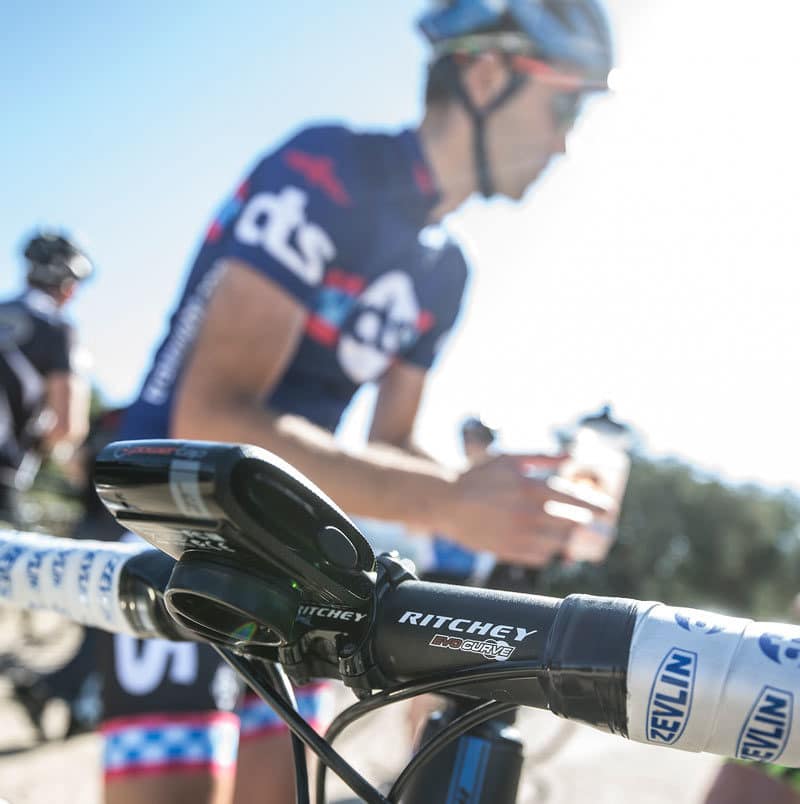
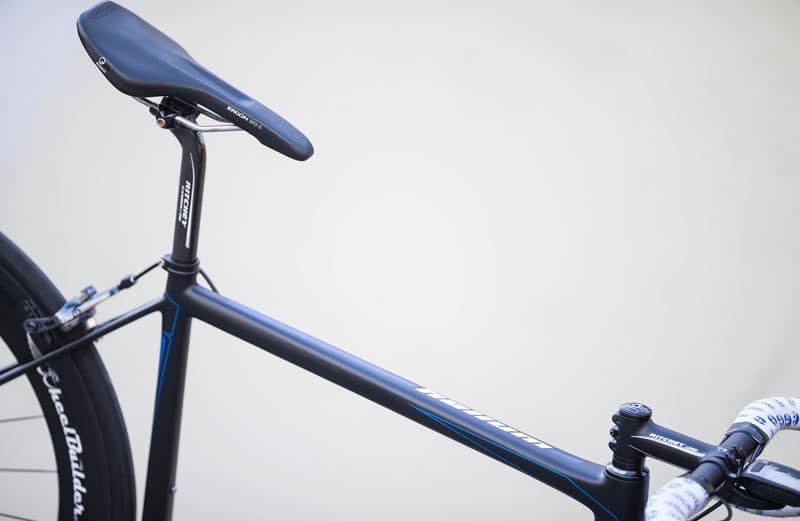
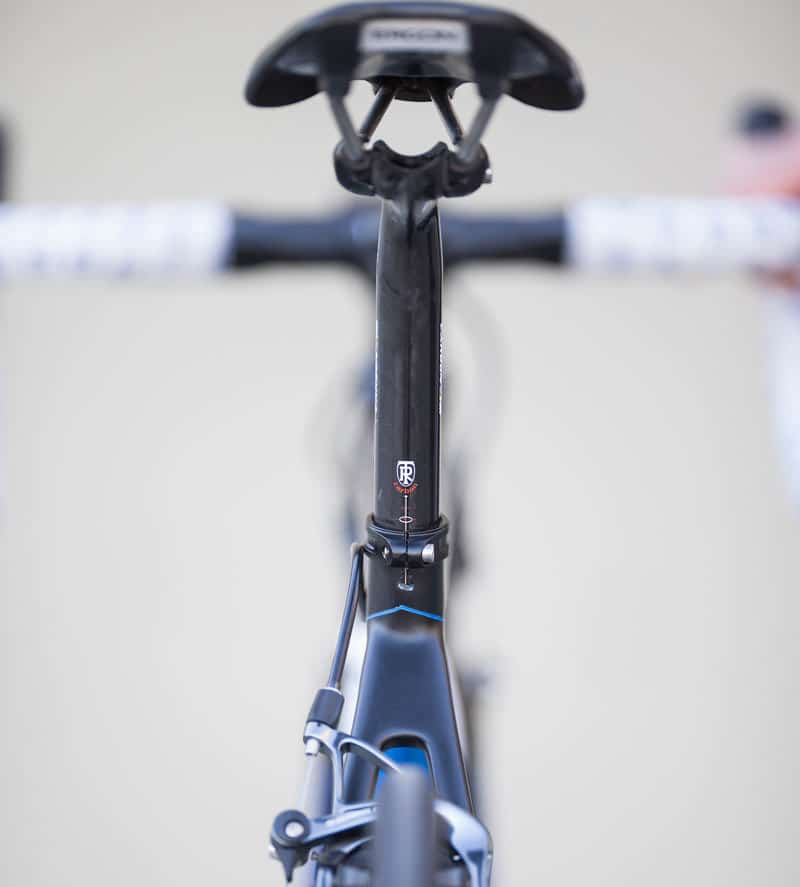
Comments 6
I had a different experience with Ritchey engineering and customer service. The one-bolt seat clamp slips when torqued to spec — and Ritchey gave me the runaround when I tried to get it replaced under warranty. “Are you sure it’s torqued right?Bring it to the dealer. Did you use carbon paste?” Anything but admitting their design is crap.
Then my WCS 260 road stem cracked, as certified by the dealer I bought it from during a service. This happened about 1 year and 2 months after it bought new. Again, Ritchey refused to admit the casting was defective, although I sent clear pictures after the dealer pointed it out. “Are you sure it’s cracked and not a scratch? It looks like to could have been damaged. Did you crash the stem? Usually a crack looks different.” Clearly, they were very familiar with Ritchey cracked stems and how to wriggle out of coverage. Even after I proved it was a crack, they refused to replace it because the warranty on parts is 1 year, not 1 year and 2 months . Stay away from this garbage company.
Tom Farre
Road Cyclist
I find that the seat rail clamp on the Flexlogic seat post will slip when torqued to spec. Hit a bump hard & it goes nose up. Since I’m using it with a carbon railed saddle, I am reluctant to over torque it to make it hold. I had to swap saddles to a Ti railed saddle so that I could torque it enough to keep it from going nose up.
Although I do agree about most people not being picky about their stems and seatposts, over the years I have heard quite a few riders discuss ergo bend vs classic bend, short reach, shallow drop, round vs flat tops a.o. when it comes to roadbike handlebars. What scares me though, is how easily they will pick a no-name (or even worse, a cheap imitation) product if the fit and the price are right. If you can’t afford brand-name carbon, please stick to aluminum when it comes to structural components of the bike. Cheap carbon will cost you more when it fails (and it will fail).
Tell Chris, One is put through a WRINGER, not a RINGER
Author
Yup, wringer makes a whole lot more sense than ringer in the context it was used in the email blast for this this article. Good catch. – Jim Rutberg, CTS Coach
I just had Ritchey WCS Aluminum bars snap on me after hitting a nice size bump. Wouldn’t have expected it. Shouldn’t have broke . Was not fun. I’m still hurting.
But even name brand stuff breaks. Even aluminum breaks.